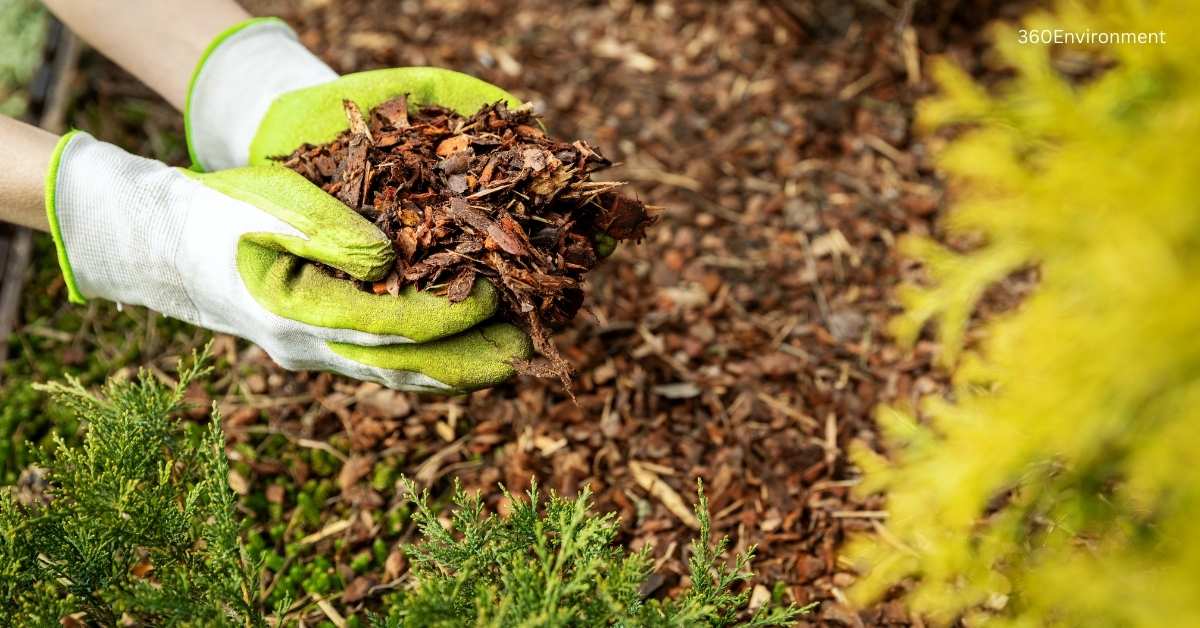In recent years, the utilization of tree bark as a sustainable fuel source has gained attention, especially as societies look for alternatives to fossil fuels. Bark, the protective outer layer of trees, is often a byproduct of logging and timber industries, traditionally considered waste. However, as energy demands increase, the practice of using bark for burning has emerged as an important option in the renewable energy sector. This article will explore the environmental niche of bark as a fuel source, its role in various ecosystems, and the potential ecological and sustainability impacts of using bark for burning.
The concept of an environmental niche encompasses the role an organism or substance plays within its ecosystem, and in this case, we will delve into the specific niche that bark occupies both as part of living trees and as a resource for fuel. Understanding the ecological, economic, and environmental factors associated with using bark for burning is crucial for assessing its sustainability and long-term viability as part of a renewable energy portfolio.
1. What Is Tree Bark?
Before we explore the potential uses of bark for burning, it is essential to understand what bark is and its ecological role in the life of a tree. The bark is the protective outer covering of a tree, consisting of multiple layers that serve to protect the inner tissues from damage, disease, and environmental stress.
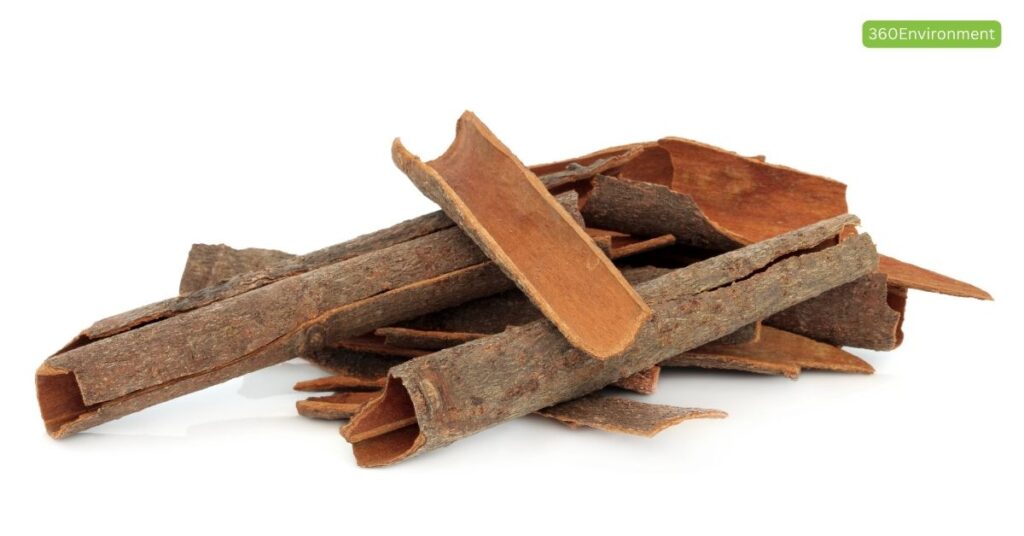
1.1 Composition and Structure of Bark
The bark is made up of several layers, each with distinct functions. The outermost layer, known as the periderm or cork, is composed of dead cells that protect the tree from physical damage, desiccation, and pathogens. The inner bark, or phloem, is living tissue that transports nutrients and sugars produced through photosynthesis from the leaves to other parts of the tree. Beneath the phloem is the cambium, a thin layer responsible for generating new cells that contribute to the tree’s growth.
- Periderm (Outer Bark): This layer is composed primarily of cork cells that provide insulation and protect the tree from external threats such as temperature extremes, fire, and pests.
- Phloem (Inner Bark): This vascular tissue is essential for the transport of nutrients and energy within the tree. It is living tissue, but as the tree ages, the outer layers of the phloem become part of the protective outer bark.
- Cambium: The cambium is a thin layer of living cells that lies between the phloem and xylem. It plays a critical role in the tree’s growth by generating new layers of bark and wood.
The specific structure and composition of bark vary between species, and these differences can affect its suitability as a fuel source. For example, some types of bark contain higher levels of resin or oils, which can influence how efficiently they burn and how much energy they produce.
2. The Environmental Niche of Bark in Ecosystems
Before bark is removed from trees for burning, it plays a critical role in supporting the tree’s health and survival. Additionally, bark serves as habitat, food, and shelter for numerous organisms, contributing to the biodiversity and functioning of forest ecosystems.
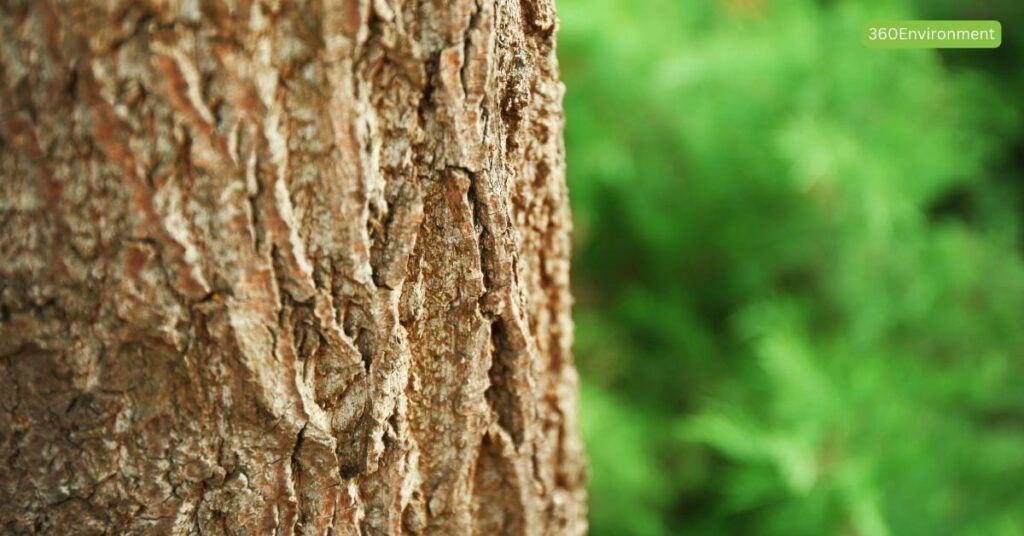
2.1 Protective Functions
Bark for burning serves as the first line of defense against a wide range of environmental threats, including physical damage, temperature fluctuations, and pests. The outer bark insulates the tree against extreme cold and heat, while also preventing water loss. Its protective function is particularly important in fire-prone ecosystems, where the thickness of the bark can determine a tree’s ability to survive wildfires.
- Fire Resistance: Some tree species, such as the cork oak (Quercus suber) and giant sequoia (Sequoiadendron giganteum), have evolved thick, fire-resistant bark that helps them survive low-intensity fires. These fires may actually benefit the tree by clearing away competing vegetation and promoting nutrient cycling.
- Pest and Pathogen Protection: Bark also plays a crucial role in defending the tree from insect infestations and fungal pathogens. Many tree species produce chemical compounds in their bark that deter herbivores and inhibit the growth of harmful microorganisms.
2.2 Habitat for Biodiversity
Bark for burning provides a microhabitat for a wide range of organisms, from fungi and lichens to insects, birds, and mammals. Many of these species depend on the specific characteristics of bark to survive and reproduce.
- Fungi and Lichens: The rough texture and moisture-retaining properties of bark provide an ideal substrate for fungi and lichens, which, in turn, play a key role in nutrient cycling within forest ecosystems.
- Insects: A diverse array of insects, including beetles, ants, and termites, use bark as a habitat. Some insects bore into the bark to lay eggs or create tunnels, while others feed on the sap or dead tissue within the bark layers.
- Birds and Mammals: Many bird species, such as woodpeckers, rely on bark-dwelling insects as a food source. Bark also provides shelter for mammals like bats and small rodents, which may take refuge in the crevices of thick bark during extreme weather conditions.
3. The Use of Bark for Burning: A Renewable Fuel Source
Bark, when harvested as a byproduct of logging or timber processing, is often used as biomass fuel for burning. Its potential as a renewable energy source is attracting interest as countries seek to transition away from fossil fuels and toward sustainable energy options. However, using bark for burning is not without its environmental considerations.
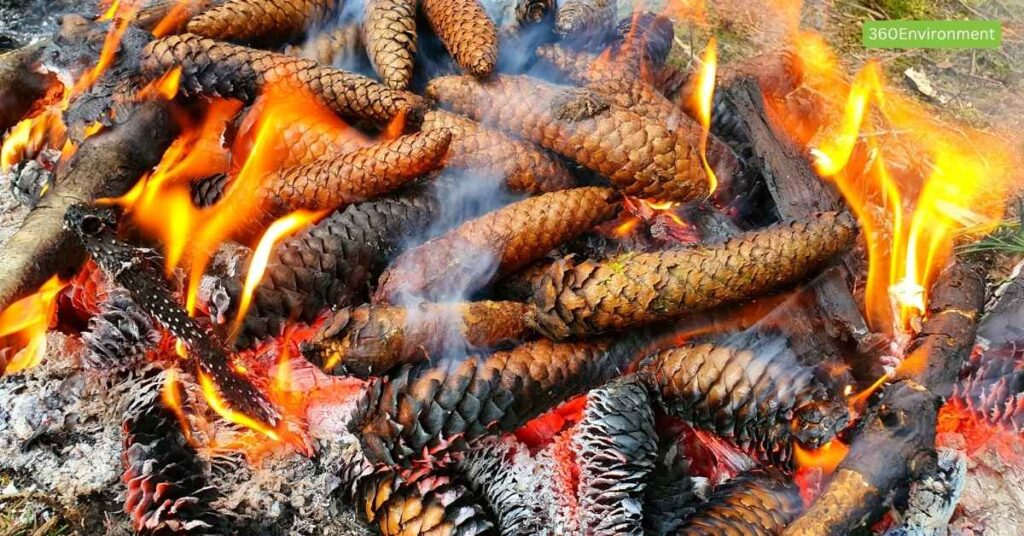
3.1 The Energy Content of Bark
The energy potential of bark for burning, like that of wood, is measured in terms of its calorific value or the amount of heat energy released during combustion. Bark tends to have a slightly lower calorific value than wood due to its higher moisture and ash content. However, it remains a viable fuel source, particularly in industrial settings where large amounts of bark are available as a byproduct.
- Moisture Content: Fresh bark can have a high moisture content, which reduces its efficiency as a fuel. To maximize its energy output, bark needs to be dried before burning, either through natural air-drying or mechanical processes.
- Ash Content: The ash produced by burning bark can be higher than that of wood, which may present challenges in terms of managing waste and emissions. However, the ash itself can be repurposed as a soil amendment in some agricultural applications.
3.2 Bark as Biomass Fuel
Biomass energy, derived from organic materials such as wood, agricultural residues, and bark, is a renewable energy source that has gained traction in recent years. Using bark as a fuel source offers several potential benefits, especially when it is a byproduct of timber harvesting or wood processing.
- Sustainability: When sourced from sustainable forestry practices, bark can be considered a renewable resource. It is often a waste product in the timber industry, so burning it for energy helps reduce waste while generating heat or electricity.
- Carbon Neutrality: Biomass fuel, including bark, is often considered carbon-neutral because the carbon dioxide released during combustion is roughly equal to the amount absorbed by the tree during its lifetime. However, this balance depends on sustainable forest management and responsible harvesting practices.
- Local Energy Production: Biomass energy can be produced locally, reducing reliance on fossil fuels and decreasing transportation emissions. Bark as a fuel source is often used in district heating systems, industrial boilers, and even in smaller-scale residential wood-burning stoves.
4. Environmental and Ecological Considerations
While using bark for burning has potential benefits as a renewable energy source, it is not without environmental impacts. The ecological consequences of removing bark from forests, the emissions associated with its combustion, and the long-term sustainability of biomass energy systems must all be carefully considered.
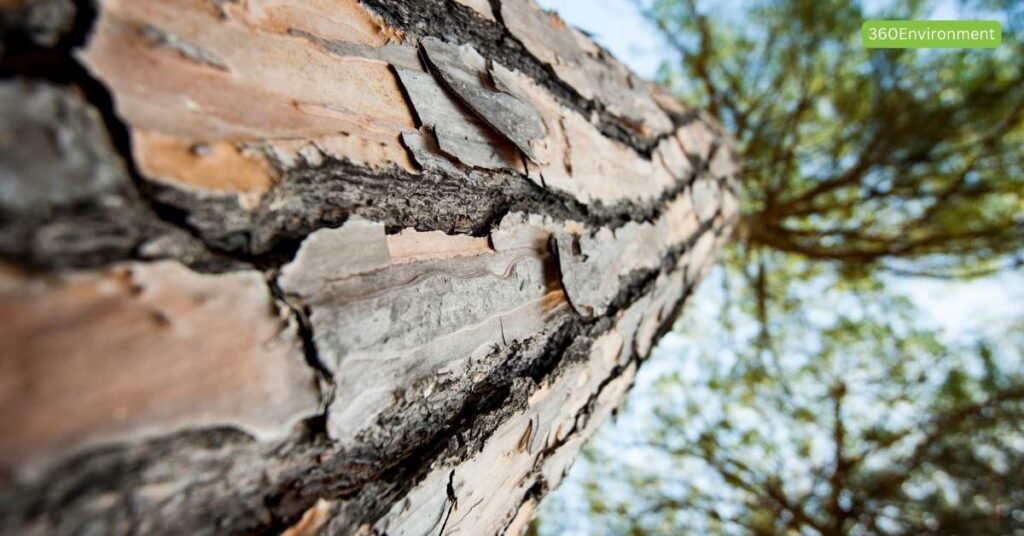
4.1 Impact on Forest Ecosystems
The removal of bark from forests, particularly when done on a large scale, can disrupt the natural balance of forest ecosystems. Since bark serves as habitat and protection for many organisms, its extraction could have unintended consequences for biodiversity.
- Loss of Habitat: As previously discussed, bark is an important habitat for many species, including insects, fungi, and birds. Removing bark from trees or forest floors can reduce the availability of microhabitats and disrupt local food webs.
- Soil Health and Nutrient Cycling: Bark plays a key role in the nutrient cycling process within forests. When trees shed bark naturally, the decomposing material contributes to soil fertility. Removing bark for fuel may deplete organic matter in forest soils, leading to decreased soil health over time.
4.2 Emissions and Air Quality
The combustion of biomass, including bark, produces emissions that can affect air quality. While biomass energy is considered more environmentally friendly than fossil fuels, it is not entirely free of pollutants.
- Particulate Matter: Burning bark produces particulate matter, which can contribute to air pollution and have negative health effects, particularly in urban or densely populated areas. Particulate filters and emission control technologies can help mitigate this issue, but they are not always implemented.
- Carbon Emissions: Although biomass is considered carbon-neutral, the carbon released during combustion still contributes to atmospheric greenhouse gases. The overall carbon balance depends on whether the biomass is sourced sustainably and whether forests are replanted after harvesting.
4.3 Sustainability of Biomass Energy
The sustainability of using bark for burning as a biomass fuel depends on responsible sourcing and forest management practices. Overharvesting or unsustainable forestry practices can lead to deforestation, loss of biodiversity, and long-term ecological degradation.
- Sustainable Forestry Practices: To ensure that biomass energy is truly renewable, it is crucial to follow sustainable forestry practices, including selective harvesting, reforestation, and maintaining the ecological balance of forest ecosystems.
- Lifecycle Analysis: A comprehensive lifecycle analysis of bark as a fuel source should consider not only the carbon emissions from burning but also the energy used in harvesting, processing, and transportation. Reducing these associated emissions is key to making biomass energy a viable, sustainable option.
5. Alternatives to Burning Bark
While bark for burning offers a potential source of renewable energy, there are other environmentally friendly alternatives for utilizing bark. These alternatives focus on maximizing the ecological and economic value of bark for burningwithout the environmental drawbacks of combustion.
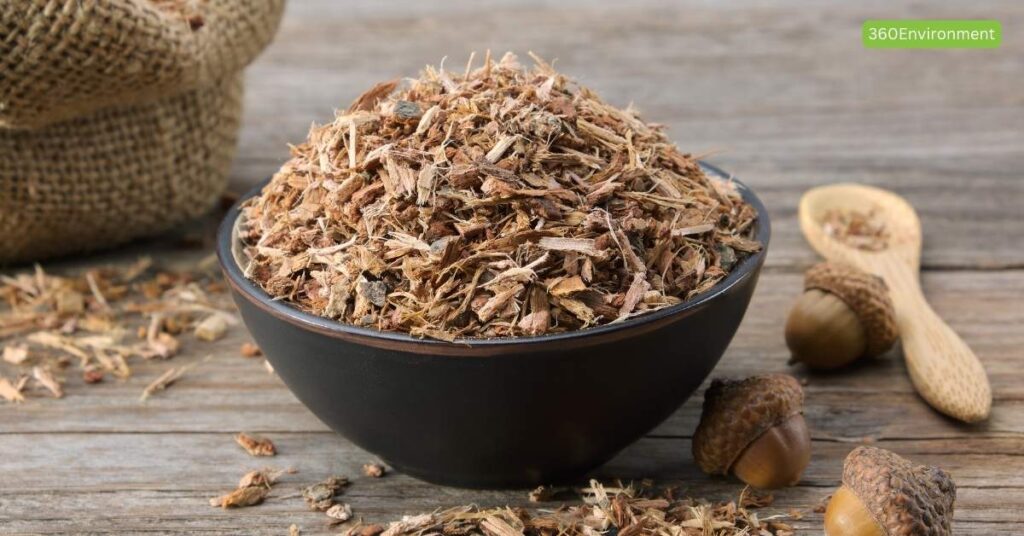
5.1 Mulching and Soil Improvement
One of the most common uses of bark is as mulch in gardening and landscaping. Mulching with bark helps retain soil moisture, suppress weeds, and improve soil structure. Over time, bark mulch breaks down and adds organic matter to the soil, enhancing its fertility.
- Water Retention: Bark mulch helps conserve water by reducing evaporation from the soil surface. This is particularly beneficial in dry climates or during periods of drought.
- Erosion Control: When used on slopes or in areas prone to erosion, bark mulch can help stabilize the soil and prevent runoff.
5.2 Bark in Construction and Manufacturing
Bark has applications in various construction and manufacturing industries. Some species of bark, such as cork from the cork oak, are highly valued for their insulation properties and are used in building materials and other products.
- Cork Production: The bark of the cork oak (Quercus suber) is harvested sustainably for use in products such as wine stoppers, insulation, and flooring. Cork is a renewable resource that can be harvested without harming the tree, making it an environmentally friendly alternative to other building materials.
- Barkboard and Composites: In the manufacturing sector, bark can be processed into barkboard or used as a filler in composite materials. These products are used in furniture, construction, and packaging, providing a sustainable alternative to traditional wood products.
5.3 Biochar Production
Another alternative to bark for burning is converting it into biochar through pyrolysis, a process that heats organic material in the absence of oxygen. Biochar is a form of carbon that can be added to soils to improve fertility, enhance water retention, and sequester carbon.
- Carbon Sequestration: Biochar production locks carbon into a stable form that can be stored in soils for hundreds or even thousands of years. This process helps mitigate climate change by reducing the amount of carbon dioxide in the atmosphere.
- Soil Amendment: Adding biochar to soil improves its structure, increases nutrient availability, and enhances microbial activity. This makes biochar a valuable tool for sustainable agriculture and land restoration.
6. Conclusion
The use of bark for burning presents both opportunities and challenges in the context of renewable energy and environmental sustainability. As a byproduct of the timber industry, bark can be repurposed as biomass fuel, providing a renewable alternative to fossil fuels. However, the ecological role of bark in forest ecosystems, its contribution to biodiversity, and the environmental impacts of biomass combustion must all be carefully considered.
To ensure that using bark for burning is a sustainable practice, it is essential to implement responsible sourcing, sustainable forest management, and emission control measures. Furthermore, exploring alternative uses for bark, such as mulching, construction materials, and biochar production, can provide additional environmental and economic benefits without the drawbacks of combustion.
Ultimately, the decision to use bark for burning must be made within the broader context of energy sustainability, environmental conservation, and the need to protect the ecosystems that trees and their bark support.
Read More: Wind Shake in Oak: Understanding Its Causes and Impacts

